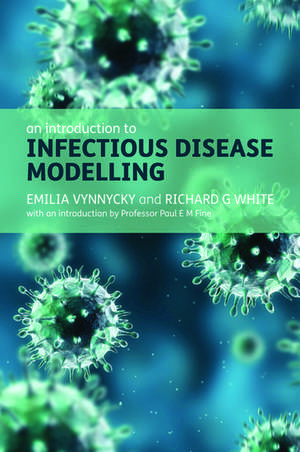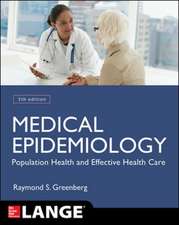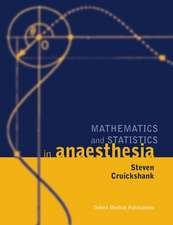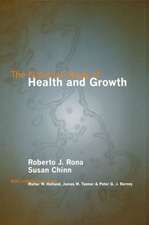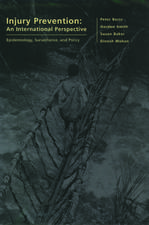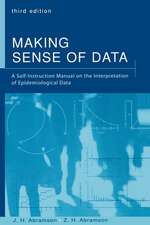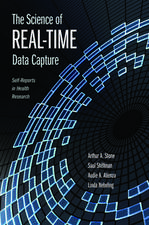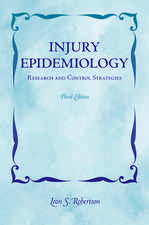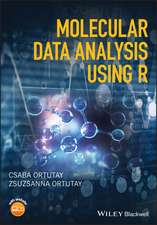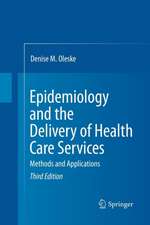An Introduction to Infectious Disease Modelling
Autor Emilia Vynnycky, Richard Whiteen Limba Engleză Paperback – 13 mai 2010
Preț: 319.24 lei
Preț vechi: 411.54 lei
-22% Nou
Puncte Express: 479
Preț estimativ în valută:
61.09€ • 63.55$ • 50.44£
61.09€ • 63.55$ • 50.44£
Carte disponibilă
Livrare economică 13-19 martie
Livrare express 08-14 martie pentru 109.78 lei
Preluare comenzi: 021 569.72.76
Specificații
ISBN-13: 9780198565765
ISBN-10: 0198565763
Pagini: 400
Ilustrații: 220 black and white line drawings
Dimensiuni: 158 x 234 x 22 mm
Greutate: 0.59 kg
Ediția:New.
Editura: OUP OXFORD
Colecția OUP Oxford
Locul publicării:Oxford, United Kingdom
ISBN-10: 0198565763
Pagini: 400
Ilustrații: 220 black and white line drawings
Dimensiuni: 158 x 234 x 22 mm
Greutate: 0.59 kg
Ediția:New.
Editura: OUP OXFORD
Colecția OUP Oxford
Locul publicării:Oxford, United Kingdom
Recenzii
This is a book that really introduces non-specialists to the growing field of Mathematical Epidemiology. I am sure that public health specialists, epidimiologists, clinicians, veterinarians, statisticians, mathematicians, economists, and even professional modellers will profit from this book. I recommend it to all my students and now to the readers of Epidemiology and Infection
This is an excellent text book and readers can be assured that 'it does exactly what it says on the tin': provide a thorough introduction to infectious disease modelling. I will be turning to [it] for reference frequently for its clear explanations and topical worked examples.
This book has grown out of the experience of the authors teaching such a course for several years at the London School of Tropical Medicine and Hygiene. The Contents are very comprehensive, with chapters on basic terminology concerning infections and transmission, models based on difference equations, models based on differential equations, basic output from models, age patterns, stochastic modelling, contact patterns, models for sexually transmitted infections, some special topics (varicella vaccination and boosting, serotype replacement, tuberculosis control, HIV/STI co-infection) and an appendix on mathematical matters. The basic ideas are illustrated by many examples and case studies, among which several related to very up to date research and references. All relevant keywords and modern catchwords related to infectious disease modelling are mentioned and explained.
This is an excellent text book and readers can be assured that 'it does exactly what it says on the tin': provide a thorough introduction to infectious disease modelling. I will be turning to [it] for reference frequently for its clear explanations and topical worked examples.
This book has grown out of the experience of the authors teaching such a course for several years at the London School of Tropical Medicine and Hygiene. The Contents are very comprehensive, with chapters on basic terminology concerning infections and transmission, models based on difference equations, models based on differential equations, basic output from models, age patterns, stochastic modelling, contact patterns, models for sexually transmitted infections, some special topics (varicella vaccination and boosting, serotype replacement, tuberculosis control, HIV/STI co-infection) and an appendix on mathematical matters. The basic ideas are illustrated by many examples and case studies, among which several related to very up to date research and references. All relevant keywords and modern catchwords related to infectious disease modelling are mentioned and explained.
Notă biografică
Emilia Vynnycky obtained a BA in Mathematics from Oxford University, followed by an MSc in Operational Research from Southampton University and a PhD in Infectious Disease Modelling at the London School of Hygiene and Tropical Medicine (LSHTM), where she subsequently worked as a Lecturer until 2003. She is now senior scientist in the Modelling and Economics Unit at the Health Protection Agency (HPA), Centre for Infections. Emilia has worked on modelling the transmission and control of several different infectious diseases including tuberculosis, rubella, pandemic and seasonal influenza, measles and HIV. Emilia has also led the development of the LSHTM/HPA Infectious Disease Modelling MSc module and summer short course since its inception in 2001 with Richard White, and is currently an honorary Lecturer at LSHTM.Richard White obtained a BSc (Physics) from Durham University and an MSc (Medical Demography) and PhD (Infectious Disease Modelling) from the London School of Hygiene and Tropical Medicine. He is now Senior Lecturer in Infectious Disease Modelling in the Centre for the Mathematical Modelling of Infectious Diseases at LSHTM and a Medical Research Council Methodology Research Fellow. Richard has worked extensively in recent years using mathematical modelling and classical epidemiological techniques to understand the epidemiology and control of sexually transmitted infections/HIV and other infectious diseases in developing countries. Richard is currently involved in modelling projects on the transmission and control of many infectious diseases including HIV, tuberculosis, herpes simplex virus-2, influenza, human papillomavirus and rift valley fever, in places as diverse as Senegal and Soho. He is associate editor of the journal Sexually Transmitted Infections.
